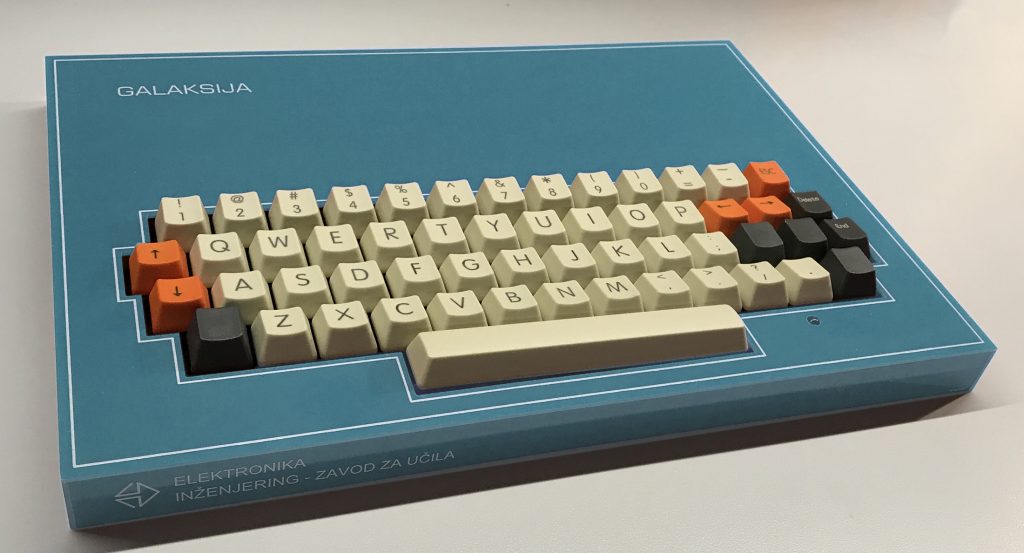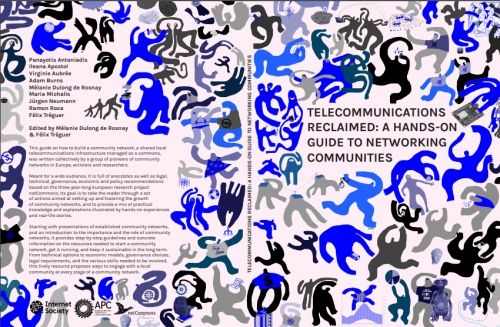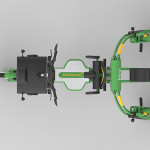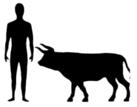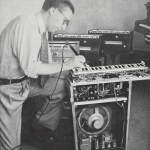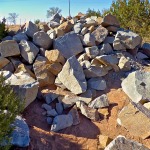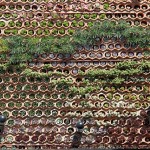In 2020, our solar powered website obtained an uptime of 95%, meaning that it was offline for 444 hours or 20 days. Unsurprisingly, most of the downtime is concentrated in the winter months.
The graph above (click to enlarge) shows battery storage capacity in relation to the weather in Barcelona from January to December 2020. Yellow is sunny, grey is cloudy, blue is rain. From May to November, we were online without interruption for almost 6 months.
The data were collected and visualised by Roel Roscam Abbing and David Benqué.

